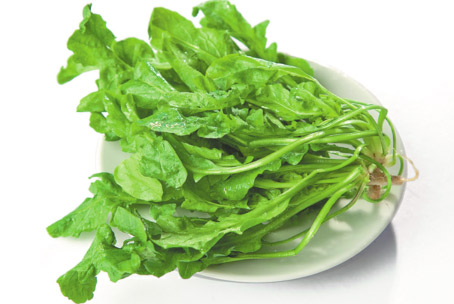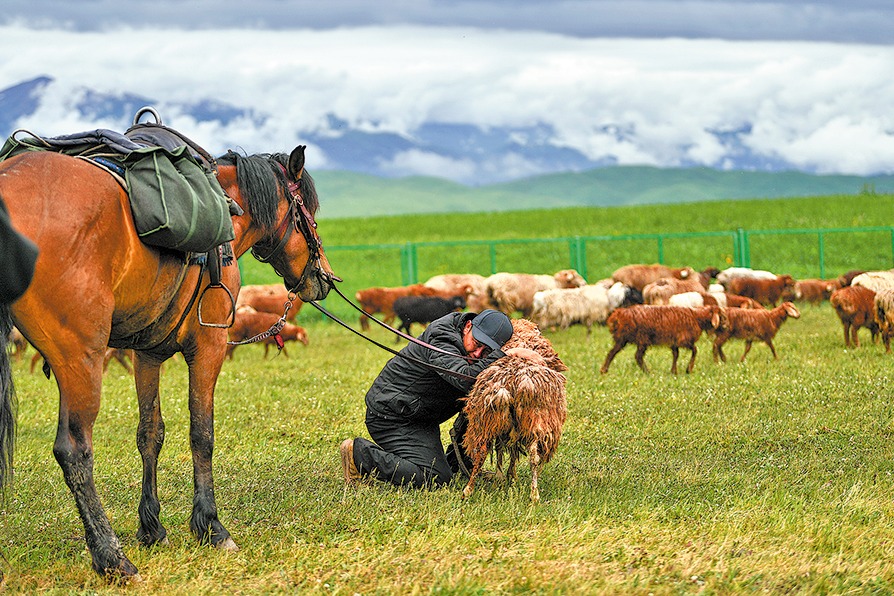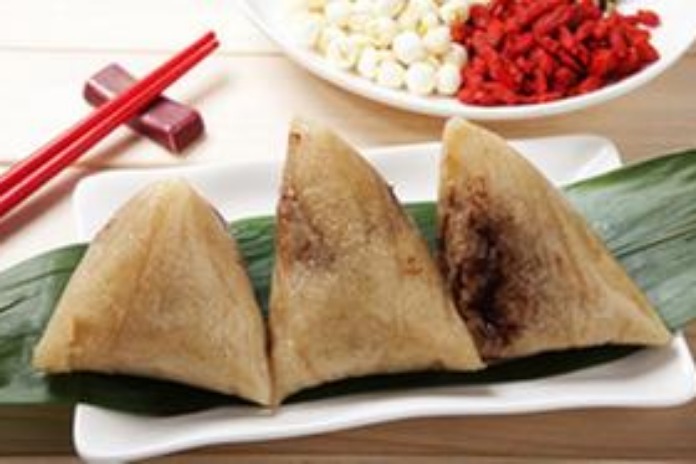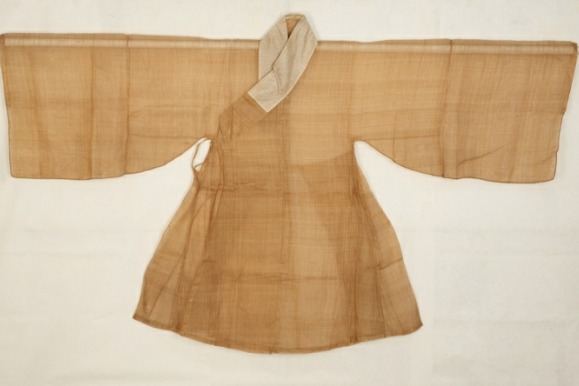Edible flowers and shepherd's purses


To untrained eyes like mine, there is no difference between wild herbs and weeds.
But ayi's sharp vision picks them out unerringly.
Shepherd's purse, lambs' quarters, wild amaranth, mugwort, fiddle heads, bur clover, Indian aster, dandelion, wild garlic, wild onions and chives are the few I can recognize and name from her collections.
Down in the Greater Shanghai hinterland, they love caotou or "grass heads", the bur clover, a plant that's related to alfalfa. These are tiny plants that appeal to the delicate palates in this region.
Another popular weed harvested around this time is malan tou, or Indian aster, a member of the chrysanthemum family. These leafy plants spring up along paddy dykes and ditches and are eagerly foraged. They have started cultivating these, but any chef worth his salt will tell you the wild weeds are best.
Cultivated malan tou does not have the signature red stems that chefs look for in the naturally harvested sweet shoots.
They are best cooked in sizzling chicken fat, with pieces of dried tofu added to bulk up the dish.
As we migrate up to the central plains, it's shepherd's purse country. All over Henan, the culinary memory is of jicai jiaozi.
An ex-colleague tells me that for him, the taste of home every spring is his mother's dumplings filled with shepherd's purse.
Early in the morning, mother would go out to search the hills for this plant, which grows in a distinctive saw-toothed rosette. She would then bring her haul home, wash and blanch it before chopping it up for dumplings.
A platter of fat juicy jiaozi filled with shepherd's purse and pork was the only thing that could assuage his homesick stomach.
Shepherd's purse is also stuffed in soup dumplings or wonton, cooked with noodles, made into various rice cakes or simply dunked in hot pots. It is arguably China's most delicious weed.




































